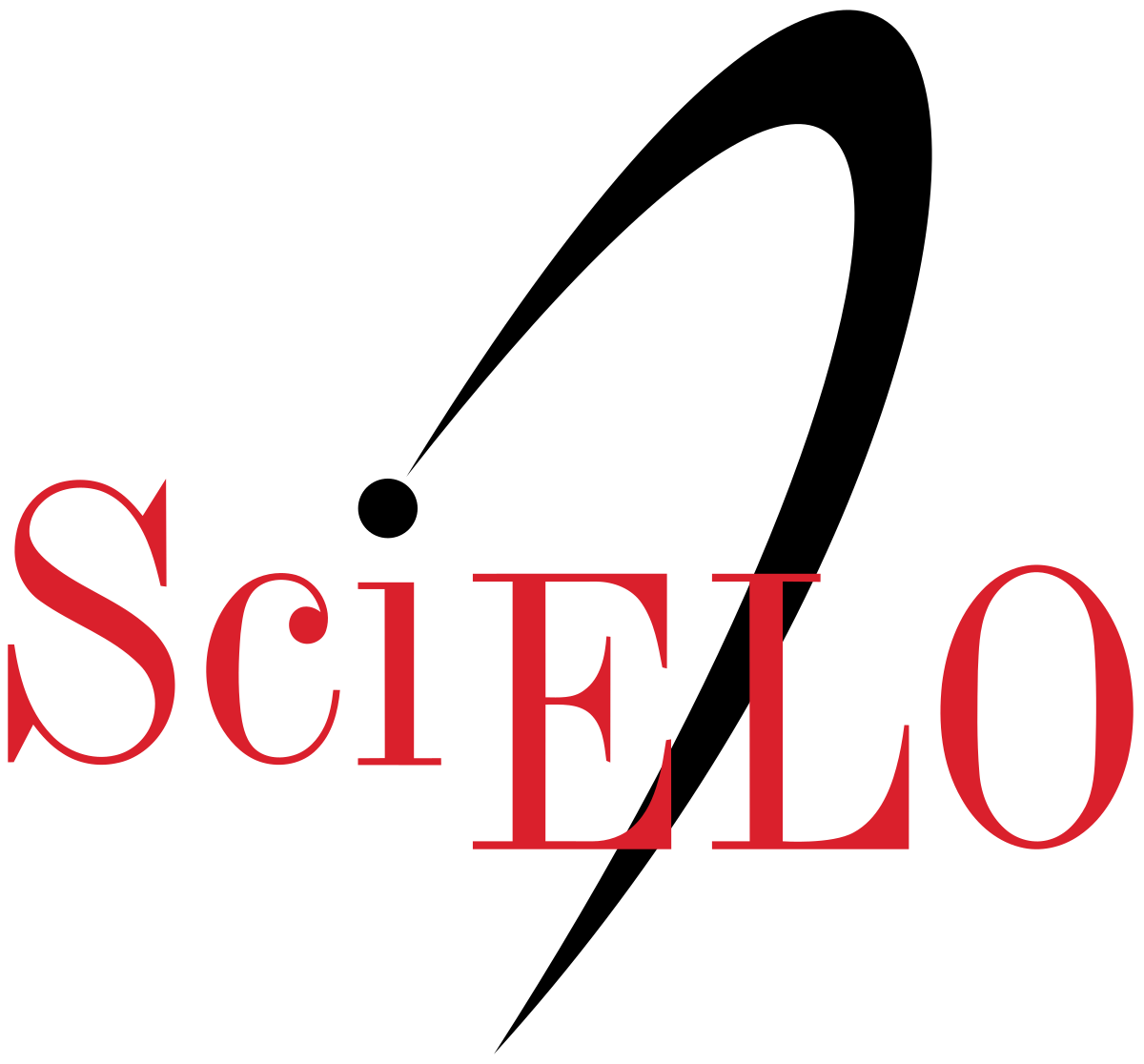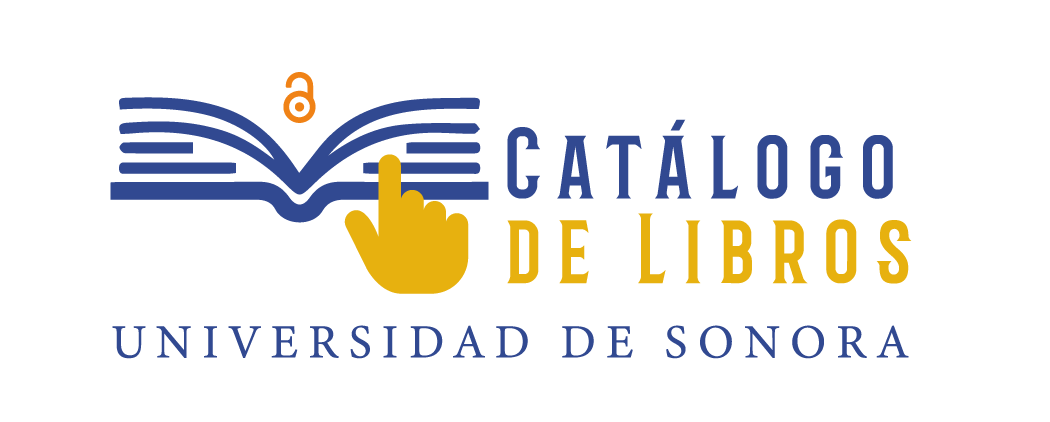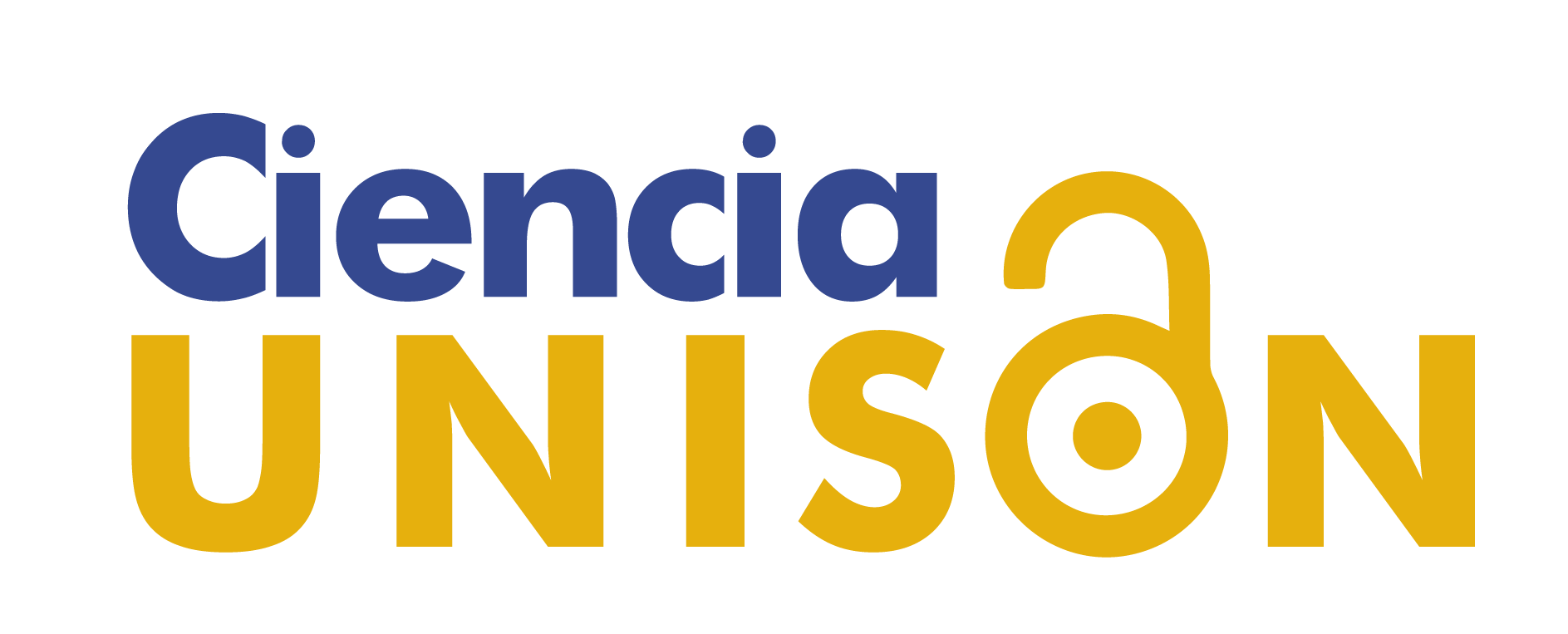A novel bath coagulation/electrospinning method to obtain crosslinked nanofibers based on calcium alginate and polyvinyl alcohol and In Vitro cytotoxicity evaluation
DOI:
https://doi.org/10.18633/biotecnia.v27.2641Keywords:
Tissue engineering, skin wound , PVA/alginate nanofibers, coaxial electrospinningAbstract
In tissue engineering, the availability of a scaffold is crucial; it must support cell growth, be biocompatible, and enable adequate perfusion of aqueous media. Although alginate is an approved polymer for biomedical applications, its processing to obtain membranes through electrospinning presents significant challenges. This work focuses on an efficient method to produce crosslinked nanofibers of alginate (NaAlg) and polyvinyl alcohol (PVA) using a coagulation bath with CaCl2 during electrospinning, employing both single (SN) and coaxial (CN) needles. In the case of SN, the molar ratio was evaluated for the influence on fiber formation via electrospinning; meanwhile, for CN, the tip-to-collector distance was evaluated. Obtaining optimal conditions at 70 % NaAlg for SN, and 15 cm tip-to-collector distance for CN, both at a flow rate of 0.1 mL/h and a voltage of 19 kV. The resulting crosslinked nanofibers, with average diameters of 70 ± 17 nm for SN and 124 ± 20 nm for CN, displayed well-defined interconnected fibrous morphologies. The interactions between NaAlg and CaCl2 were confirmed to be carboxylate calcium formation by FTIR. In vitro studies of CN NaAlg-PVA with JB6 fibroblast cells showed a cell proliferation rate of 124 %, demonstrating the substantial potential of these nanofibers for wound healing applications.
Downloads
References
Abedini, A.A., Pircheraghi, G. and Kaviani, A. 2023. The role of calcium crosslinking and glycerol plasticizing on the physical and mechanical properties of superabsorbent: Alginate/Quince Seed Gum films. Journal of Polymer Research. 30(1), 1–14.
Abouzeid, R.E., Salama, A., El-Fakharany, E.M. and Guarino, V. 2022. Mineralized Polyvinyl Alco-hol/Sodium Alginate Hydrogels Incorporating Cellulose Nanofibrils for Bone and Wound Healing. Molecules. 27(3), 697.
Aloma, K.K., Sukaryo, S., Fahlawati, N.I., Dahlan, K. and Oemar, S. 2020. Synthesis of Nanofibers from Algi-nate-Polyvinyl Alcohol using Electrospinning Methods. Macromolecular Symposia. 391(1), 1900199.
Ansari, M. and Darvishi, A. 2024. A review of the current state of natural biomaterials in wound healing applications. Frontiers in Bioengineering and Biotechnology, 12, 1309541.
Arida, I.A., Ali, I.H., Nasr, M. and El-Sherbiny, I.M. 2021. Electrospun polymer-based nanofiber scaffolds for skin regeneration. Journal of Drug Delivery Science and Technology. 64, 102623.
Arthanari, S., Mani, G., Jang, J.H., Choi, J.O., Cho, Y.H., Lee, J.H., Cha, S.E., Oh, H.S., Kwon, D.H. and Jang, H.T. 2016. Preparation and characterization of gatifloxacin-loaded alginate/poly (vinyl alcohol) electrospun nanofibers. Artificial cells, nanomedicine, and biotechnology. 44(3), 847–852.
Asadian, E., Masoudifar, R., Pouyanfar, N. and Ghorbani-Bidkorbeh, F. 2022. Nanotechnology-based therapies for skin wound regeneration. Emerging Nanomaterials and Nano-based Drug Delivery Ap-proaches to Combat Antimicrobial Resistance, 485–530.
Asiri, A., Saidin, S., Sani, M.H. and Al-Ashwal, R.H. 2021. Epidermal and fibroblast growth factors incorporated poly-vinyl alcohol electrospun nanofibers as biological dressing scaffold. Scientific Reports. 11(1), 1–14.
Azmia, R.N., Fadhil, M.T., Deril, S. and Dimas, R.N. 2024. Synthesis and Characterization of Chi-tosan/Alginate Hy-drogel Using CaCl2 as a Crosslinking Agent. Materials Science Forum. 1140, 85–91.
Barber, Patrick S, Griggs, C.S., Bonner, J.R. and Rogers, R.D. 2013. Electrospinning of chitin nano-fibers directly from an ionic liquid extract of shrimp shells. Green Chemistry. 15(3), 601–607.
Barber, Patrick S., Griggs, C.S., Bonner, J.R. and Rogers, R.D. 2013. Electrospinning of chitin nano-fibers directly from an ionic liquid extract of shrimp shells. Green Chemistry. 15(3), 601–607.
Bolívar-Monsalve, E.J., Alvarez, M.M., Hosseini, S., Espinosa-Hernandez, M.A., Ceballos-González, C.F., Sanchez-Dominguez, M., Shin, S.R., Cecen, B., Hassan, S., Di Maio, E. and Trujillo-De Santiago, G. 2021. Engineering bioactive synthetic polymers for biomedical applications: a review with em-phasis on tissue engineering and controlled release. Materials Advances. 2(14), 4447–4478.
Bružauskaitė, I., Bironaitė, D., Bagdonas, E. and Bernotienė, E. 2015. Scaffolds and cells for tissue regeneration: dif-ferent scaffold pore sizes—different cell effects. Cytotechnology, 68(3), 355.
Chen, J., Yang, Z., Shi, D., Zhou, T., Kaneko, D. and Chen, M. 2021. High strength and toughness of double physically cross-linked hydrogels composed of polyvinyl alcohol and calcium alginate. Journal of Applied Polymer Science, 138(10), 49987.
Ching, S.H., Bansal, N. and Bhandari, B. 2017. Alginate gel particles–A review of production tech-niques and physical properties. Critical Reviews in Food Science and Nutrition, 57(6), 1133–1152.
Coşkun, G., Karaca, E., Ozbek, S. and ÇavuşoǦlu, I. 2010. In vivo evaluation of electrospun poly (vinyl alcohol)/sodium alginate nanofibrous mat as wound dressing. Tekstil ve Konfeksiyon, 20, 290–298.
Daemi, H. and Barikani, M. 2012. Synthesis and characterization of calcium alginate nanoparticles, sodium homo-polymannuronate salt and its calcium nanoparticles. Scientia Iranica, 19(6), 2023–2028.
Fahma, F., Febiyanti, I., Lisdayana, N., Sari, W., Noviana, D., Yunus, M., Thomryes, G., Kadja, M. and Kusumaatmaja, A. 2022. Production of Polyvinyl Alcohol-Alginate-Nanocellulose Fibers. Starch – Stärke. 74, 2100032.
Ghosh, T., Das, T. and Purwar, R. 2021. Review of electrospun hydrogel nanofiber system: Synthesis, Properties and Applications. Polymer Engineering and Science. 61(7), 1887–1911.
Giz, A.S., Berberoglu, M., Bener, S., Aydelik-Ayazoglu, S., Bayraktar, H., Alaca, B.E. and Catal-gil-Giz, H. 2020. A detailed investigation of the effect of calcium crosslinking and glycerol plasti-cizing on the physical properties of alginate films. International Journal of Biological Macromole-cules. 148, 49–55.
Haider, A., Haider, S. and Kang, I.K. 2018. A comprehensive review summarizing the effect of elec-trospinning param-eters and potential applications of nanofibers in biomedical and biotechnology. Arabian Journal of Chemistry. 11(8), 1165–1188.
Hulupi, M. and Haryadi, H. 2019. Synthesis and Characterization of Electrospinning PVA Nano-fiber-Crosslinked by Glutaraldehyde. Materials Today: Proceedings. 13, 199–204.
Islam, M.S. and Karim, M.R. 2010. Fabrication and characterization of poly(vinyl alcohol)/alginate blend nanofibers by electrospinning method. Colloids and Surfaces A: Physicochemical and Engi-neering Aspects. 366(1–3), 135–140.
Jadbabaei, S., Kolahdoozan, M., Naeimi, F. and Ebadi-Dehaghani, H. 2021. Preparation and charac-terization of sodium alginate–PVA polymeric scaffolds by electrospinning method for skin tissue engineering applications. RSC Advances. 11(49), 30674.
Joy, N., Anuraj, R., Viravalli, A., Dixit, H.N. and Samavedi, S. 2021. Coupling between voltage and tip-to-collector distance in polymer electrospinning: Insights from analysis of regimes, transitions and cone/jet features. Chemical Engineering Science. 230, 116200.
Khalaji, S., Golshan Ebrahimi, N. and Hosseinkhani, H. 2021. Enhancement of biocompatibility of PVA/HTCC blend polymer with collagen for skin care application. International Journal of Polymeric Materials and Polymeric Bio-materials. 70(7), 459–468.
Khalili, A.A. and Ahmad, M.R. 2015. A Review of Cell Adhesion Studies for Biomedical and Bio-logical Applications. International Journal of Molecular Sciences. 16(8), 18149.
Li, J., Wu, Y., He, J. and Huang, Y. 2016. A new insight to the effect of calcium concentration on gelation process and physical properties of alginate films. Journal of Materials Science. 51(12), 5791–5801.
Li, Y., Zhu, J., Cheng, H., Li, G., Cho, H., Jiang, M., Gao, Q. and Zhang, X. 2021. Developments of Advanced Electro-spinning Techniques: A Critical Review. Advanced Materials Technologies. 6(11), 2100410.
Majidi, S.S., Slemming-Adamsen, P., Hanif, M., Zhang, Z., Wang, Z. and Chen, M. 2018. Wet elec-trospun alginate/gelatin hydrogel nanofibers for 3D cell culture. International Journal of Biological Macromolecules. 118, 1648–1654.
Meng, Q., Li, Y., Wang, Q., Wang, Y., Li, K., Chen, S., Ling, P. and Wu, S. 2024. Recent advances of electrospun nano-fiber-enhanced hydrogel composite scaffolds in tissue engineering. Journal of Manufacturing Processes. 123, 112–127.
Miranda, C.S., Silva, A.F.G., Pereira-Lima, S.M.M.A., Costa, S.P.G., Homem, N.C. and Felgueiras, H.P. 2022. Tunable Spun Fiber Constructs in Biomedicine: Influence of Processing Parameters in the Fibers’ Architecture. Phar-maceutics. 14(1), 164.
Mohammadalizadeh, Z., Bahremandi-Toloue, E. and Karbasi, S. 2022. Recent advances in modifica-tion strategies of pre- and post-electrospinning of nanofiber scaffolds in tissue engineering. Reactive and Functional Polymers. 172, 105202.
Mohammadi, S., Ramakrishna, S., Laurent, S., Shokrgozar, M.A., Semnani, D., Sadeghi, D., Bonakdar, S. and Akbari, M. 2019. Fabrication of Nanofibrous PVA/Alginate-Sulfate Substrates for Growth Factor Delivery. Journal of Biomedical Materials Research Part A. 107(2), 403–413.
Nie, H., He, A., Zheng, J., Xu, S., Li, J. and Han, C.C. 2008. Effects of chain conformation and entan-glement on the electrospinning of pure alginate. Biomacromolecules. 9(5), 1362–1365.
Nista, S.V.G., Bettini, J. and Mei, L.H.I. 2015. Coaxial nanofibers of chitosan-alginate-PEO poly-complex obtained by electrospinning. Carbohydrate Polymers. 127, 222–228.
Qin, X. 2017. Coaxial electrospinning of nanofibers. Electrospun Nanofibers. 41–71.
Rathee, S., Singh, K.R., Mallick, S., Singh, J., Pandey, S.S., Ojha, A. and Singh, R.P. 2024. Smart alginate nanomaterials: Revolutionizing food across delivery, preservation, packaging, safety, and waste upcycling. Carbohydrate Polymer Technologies and Applications. 8, 100568.
Riss, T.L., Moravec, R.A., Niles, A.L., Duellman, S., Benink, H.A., Worzella, T.J. and Minor, L. 2016. Cell viability assays. Assay Guidance Manual.
Sadeghi-Aghbash, M., Rahimnejad, M., Adeli, H. and Feizi, F. 2022. Fabrication and development of PVA/Alginate nanofibrous mats containing Arnebia Euchroma extract as a burn wound dressing. Re-active and Functional Polymers. 181, 105440.
Safi, S., Morshed, M., Ravandi, S.A.H. and Ghiaci, M. 2007. Study of electrospinning of sodium al-ginate, blended solutions of sodium alginate/poly(vinyl alcohol) and sodium alginate/poly(ethylene oxide). Journal of Applied Polymer Science. 104(5), 3245–3255.
Shalumon, K.T., Anulekha, K.H., Nair, Sreeja V., Nair, S. V., Chennazhi, K.P. and Jayakumar, R. 2011. Sodium algi-nate/poly(vinyl alcohol)/nano ZnO composite nanofibers for antibacterial wound dress-ings. International Journal of Biological Macromolecules. 49(3), 247–254.
Silva, T.N., Gonçalves, R.P., Rocha, C.L., Archanjo, B.S., Barboza, C.A.G., Pierre, M.B.R., Reynaud, F. and de Souza Picciani, P.H. 2019. Controlling burst effect with PLA/PVA coaxial electrospun scaffolds loaded with BMP-2 for bone guided regeneration. Materials Science and Engineering: C. 97, 602–612.
Singaravelu, S., Madhan, B., Abrahamse, H. and Dhilip Kumar, S.S. 2024. Multifunctional embelin- poly (3-hydroxybutyric acid) and sodium alginate-based core-shell electrospun nanofibrous mat for wound healing applica-tions. International Journal of Biological Macromolecules. 265, 131128.
Sreedhar, S., Illyaskutty, N., Sreedhanya, S., Philip, R. and Muneera, C.I. 2016. An organic dye-polymer (phenol red-poly (vinyl alcohol)) composite architecture towards tunable -optical and -saturable absorption characteristics. Journal of Applied Physics. 119(19), 193106.
Suresh S, Becker A, Glasmacher B. 2020. Impact of Apparatus Orientation and Gravity in Electro-spinning—A Review of Empirical Evidence. Polymers Basel. 12, 2448.
Taemeh, M.A., Shiravandi, A., Korayem, M.A. and Daemi, H. 2020. Fabrication challenges and trends in biomedical applications of alginate electrospun nanofibers. Carbohydrate Polymers. 228, 115419.
Tang, Y., Lan, X., Liang, C., Zhong, Z., Xie, R., Zhou, Y., Miao, X., Wang, H. and Wang, W. 2019. Honey loaded alginate/PVA nanofibrous membrane as potential bioactive wound dressing. Carbohy-drate Polymers. 219(May), 113–120.
Wang, F., Hu, S., Jia, Q. and Zhang, L. 2020. Advances in Electrospinning of Natural Biomaterials for Wound Dressing. Journal of Nanomaterials.
Wang, M. and Zhao, Q. 2019. Electrospinning and electrospray for biomedical applications, Ency-clopedia of Biomed-ical Engineering. Elsevier Inc.
Wang, X., Ding, B. and Li, B. 2013. Biomimetic electrospun nanofibrous structures for tissue engi-neering. Materials Today. 16(6), 229–241.
Wang, X. and Nakane, K. 2020. Preparation of polymeric nanofibers via immersion electrospinning. European Polymer Journal. 134, 109837.
Wu, J., Yu, F., Shao, M., Zhang, T., Lu, W., Chen, X., Wang, Y. and Guo, Y. 2024. Electrospun Nan-ofiber Scaffold for Skin Tissue Engineering: A Review. ACS Applied Bio Materials. 7(6), 3556–3567.
Xue, J., Wu, T., Dai, Y. and Xia, Y. 2019. Electrospinning and electrospun nanofibers: Methods, ma-terials, and appli-cations. Chemical Reviews. 119(8), 5298–5415.
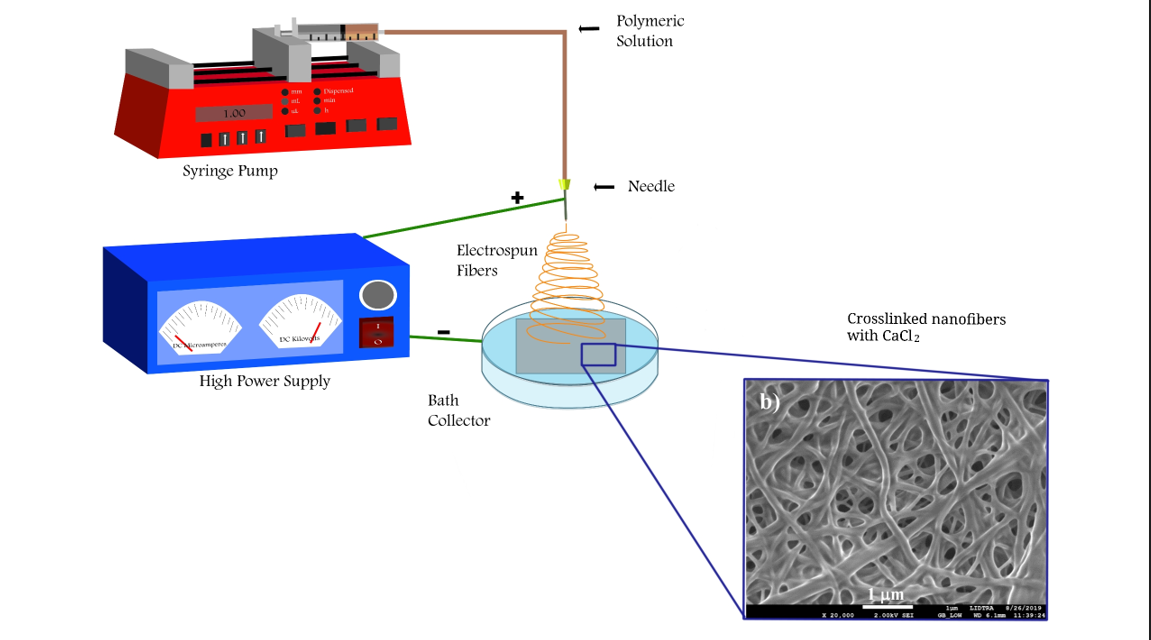
Published
How to Cite
Issue
Section
License
Copyright (c) 2025

This work is licensed under a Creative Commons Attribution-NonCommercial-ShareAlike 4.0 International License.
The journal Biotecnia is licensed under the Attribution-NonCommercial-ShareAlike 4.0 International (CC BY-NC-SA 4.0) license.




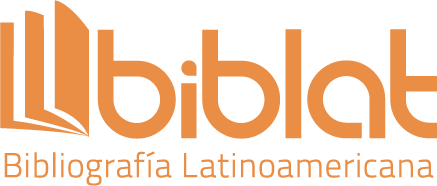


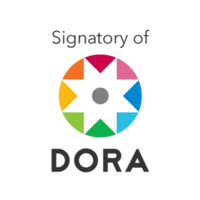
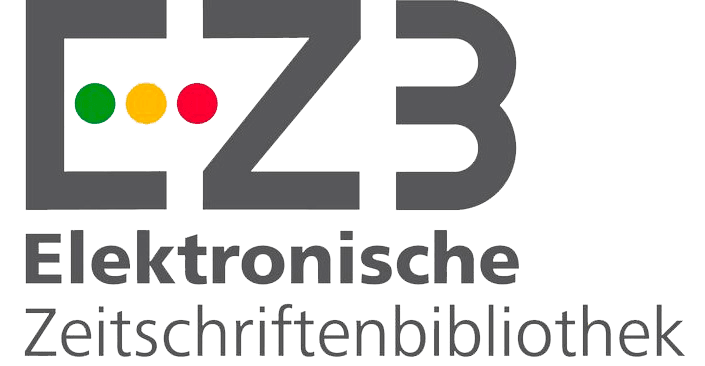


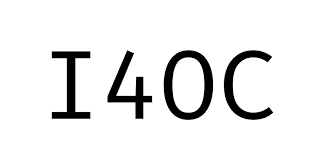


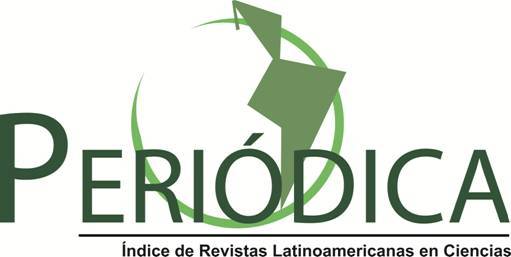

_(2).jpg)
